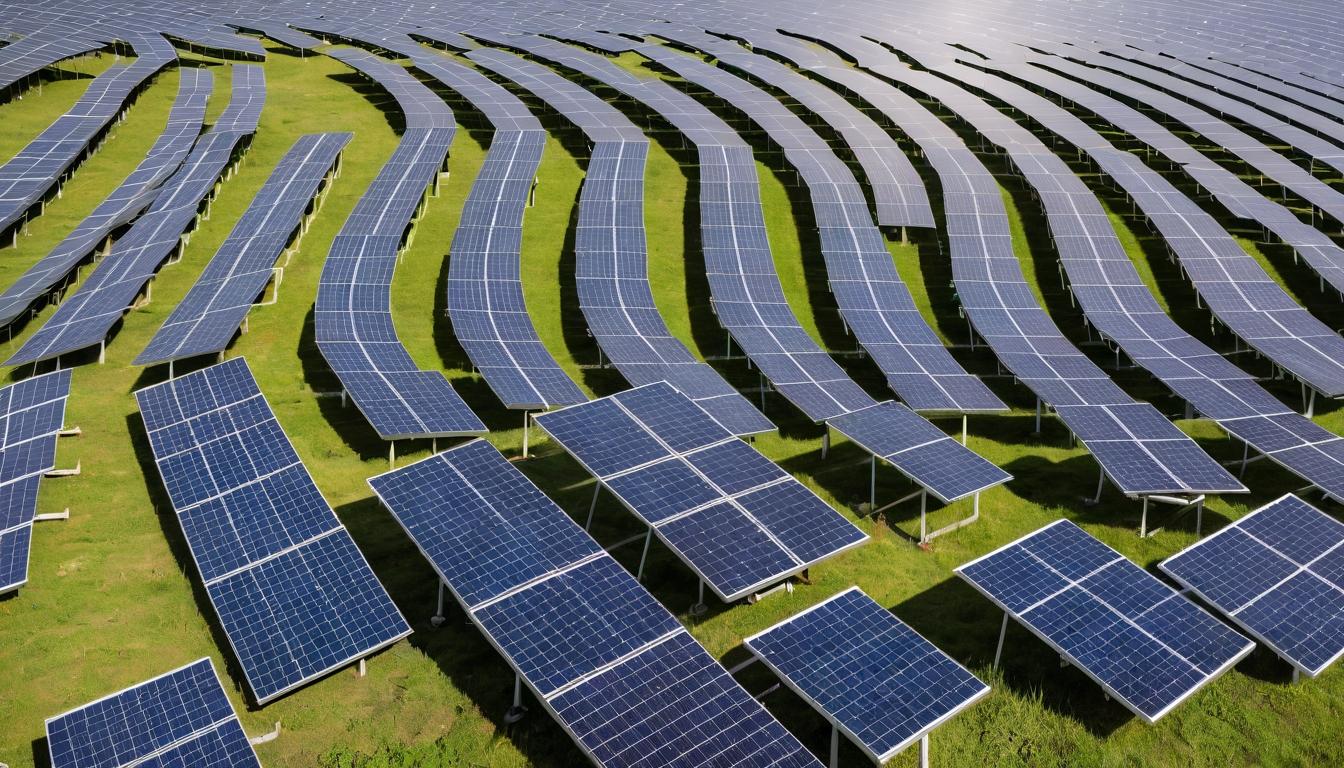The solar panels glinting on rooftops across America represent more than just clean energy—they're ticking time bombs of electronic waste, or so we've been told. But beneath the surface of this looming environmental challenge, a quiet revolution is brewing that could transform how we think about solar panel retirement.
Walk through any solar farm or neighborhood with aging installations, and you'll see the first generation of panels approaching their 25-30 year lifespan. Conventional wisdom says these silicon and glass rectangles will end up in landfills, adding to our growing e-waste problem. The reality, however, is far more interesting—and profitable.
New technologies are emerging that can recover up to 95% of a panel's materials, including high-purity silicon, silver, copper, and aluminum. Companies like ROSI Solar in France and First Solar in the US are pioneering methods that make panel recycling not just environmentally responsible, but economically compelling.
The numbers tell a surprising story: A typical 60-cell silicon panel contains approximately $15-20 worth of recoverable materials using conventional methods. But with advanced separation techniques, that value could jump to $45-60 per panel—turning what was once considered waste into a valuable resource stream.
This economic shift is creating entirely new business models. Solar installers who once charged customers for removal are now offering buy-back programs. Recycling facilities are springing up near major solar markets, reducing transportation costs and carbon footprints. Even panel manufacturers are designing new products with disassembly and material recovery in mind—a concept known as 'circular solar.'
The regulatory landscape is changing too. The European Union's WEEE Directive already requires panel producers to fund collection and recycling programs. In the US, Washington state has implemented its own solar stewardship program, with other states considering similar legislation. This regulatory push isn't just about responsibility—it's about recognizing that today's solar panels are tomorrow's raw materials.
Technical innovations are driving much of this change. Thermal processing methods can separate glass from silicon cells without damaging either material. Chemical baths dissolve bonding materials while preserving valuable metals. Robotic disassembly lines are being developed to handle the coming tsunami of retired panels efficiently and safely.
The implications extend beyond environmental benefits. Domestic recycling reduces reliance on imported materials, strengthening supply chain security. It creates local jobs in collection, transportation, and processing. And it addresses growing concerns about solar's sustainability footprint—concerns that critics have leveraged against renewable energy expansion.
For homeowners and businesses, this means the end-of-life value of solar installations should factor into purchasing decisions. Panels from manufacturers with established recycling programs or high material recovery rates might command premium prices. Installation contracts may increasingly include recycling guarantees or buy-back provisions.
The industry is also exploring second-life applications for panels that still function but no longer meet efficiency standards for prime locations. These panels can find new homes in developing countries, off-grid applications, or less demanding environments—extracting more value before final recycling.
What makes this revolution particularly compelling is its timing. Just as the first massive wave of solar installations approaches retirement, the technology and economics of recycling have reached an inflection point. We're not just solving a waste problem—we're creating a circular economy that makes solar even more sustainable.
The next decade will likely see recycling become integrated into every aspect of the solar value chain. From manufacturers designing for disassembly to installers offering removal services to specialized facilities extracting maximum value, the ecosystem is developing rapidly.
This isn't just about being green—it's about being smart. The materials in solar panels represent significant embedded energy and value. Recovering them reduces mining needs, manufacturing energy, and environmental impact while creating economic opportunities.
As solar continues its explosive growth, the recycling revolution ensures that today's clean energy solutions don't become tomorrow's environmental problems. Instead, they become the foundation for continued innovation and sustainability—a true circular economy in action.
The hidden revolution in solar panel recycling: Why your old panels could be worth more than you think

